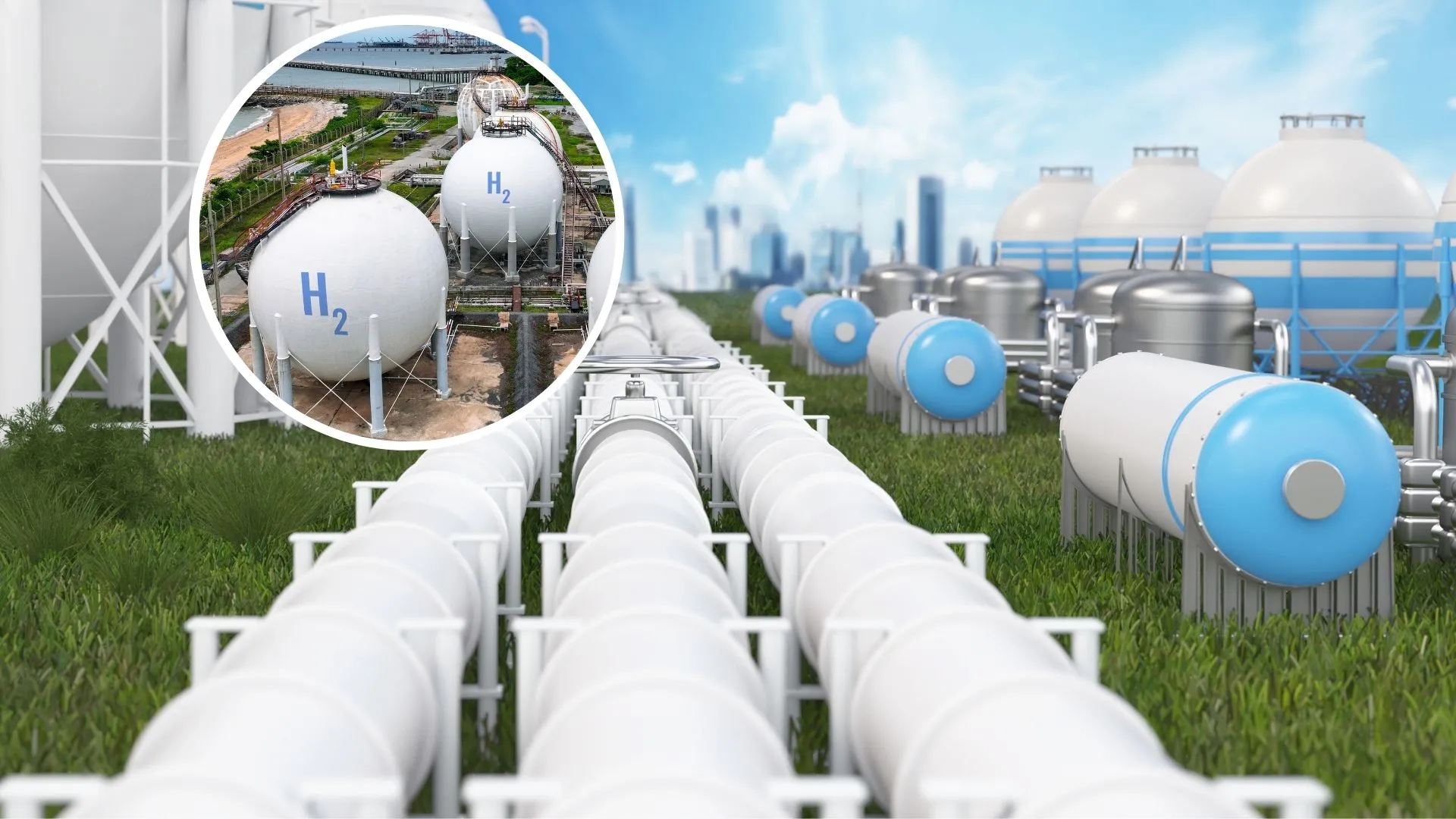Copyright Interesting Engineering

Researchers from South Korea have developed a critical method that can boost hydrogen production efficiency by sixfold. Developed by researchers from Korea Advanced Institute of Science and Technology (KAIST), the novel platform technology utilizes a 0.02-second flash of light to generate an ultrahigh temperature of 5,432°F (3,000 °C). They highlighted that the rapid and energy-efficient synthesis of high-performance catalysts is a critical hurdle in advancing clean energy technologies like hydrogen production. This breakthrough process reduces energy consumption The research team claimed that this breakthrough process reduces energy consumption by more than a thousandfold compared to conventional methods while increasing hydrogen production efficiency by up to six times, marking a significant step toward the commercialization. Researchers highlighted that using intense photothermal energy, they successfully converted chemically inert nanodiamond (ND) precursors into highly conductive and catalytically active carbon nanoonions (CNOs). “We have developed, for the first time, a direct-contact photothermal annealing process that reaches 3,000°C (5,432°F) in under 0.02 seconds,” said Professor Il-Doo Kim from the Department of Materials Science and Engineering. “This ultrafast synthesis and single-atom functionalization platform reduces energy consumption by more than a thousandfold compared to traditional methods. We expect it to accelerate the commercialization of technologies in hydrogen energy, gas sensing, and environmental catalysis.” One-step process restructures the support material More impressively, the method simultaneously functionalizes the surface of the newly formed CNOs with single atoms. This integrated, one-step process restructures the support material and embeds catalytic functionality in a single light pulse, representing a significant innovation in catalyst synthesis, according to a press release. Widely used in energy and environmental applications, carbon nanoonions (CNOs) are known for their nanometer-scale surface curvature and potential for versatile functionalization. Although, CNOs face challenges from energy-intensive synthesis and time-consuming post-treatments. Therefore, researchers introduced a direct-contact annealing (DCA) platform reaching up to 3030 K within 1.4 ms (2.2 × 106 K s–1), utilizing black-colored photothermal agents for millisecond-scale synthesis of CNO under ambient air. “Moreover, we demonstrate simultaneous in situ single-atom catalyst (SACs) functionalization with eight different metal elements on the outer surface of CNOs. A case study on Pt SAC-functionalized CNOs demonstrates outstanding hydrogen evolution reaction performance,” said researchers in the study published in ACS Nano. Successfully synthesized eight different high-density single-atom catalysts The research team stressed that the DCA platform provides a promising alternative to conventional harsh conditions for SAC/CNO electrocatalyst synthesis, enabling ultrafast and facile production of surface-functionalized catalysts with exceptional energy efficiency and scalability advantages for advanced energy applications. CNOs, composed of concentric graphitic shells, are ideal catalyst supports due to their high conductivity, large specific surface area, and chemical stability. However, traditional CNO synthesis has been hindered by complex, multi-step post-processing required to load metal catalysts and by reliance on energy-intensive, time-consuming thermal treatments that limit scalability, as per the release. Researchers also highlighted that they successfully synthesized eight different high-density single-atom catalysts (SACs), including platinum (Pt), cobalt (Co), and nickel (Ni).



